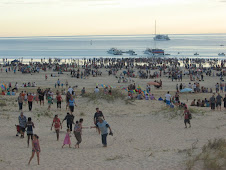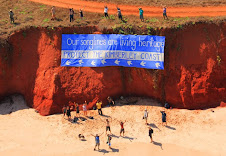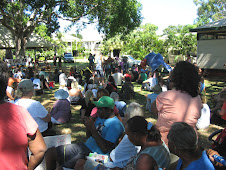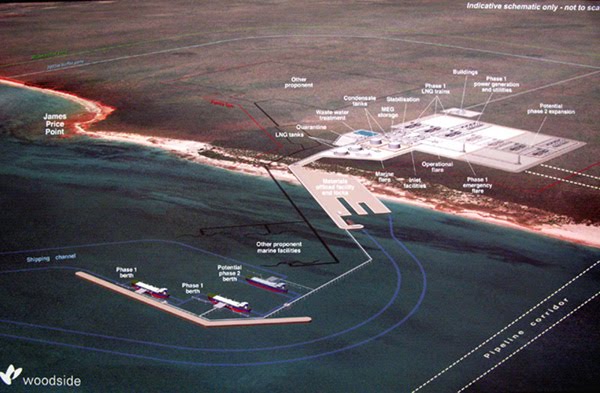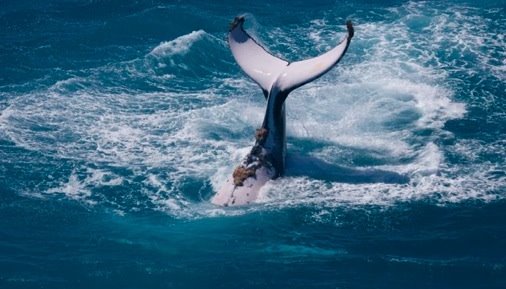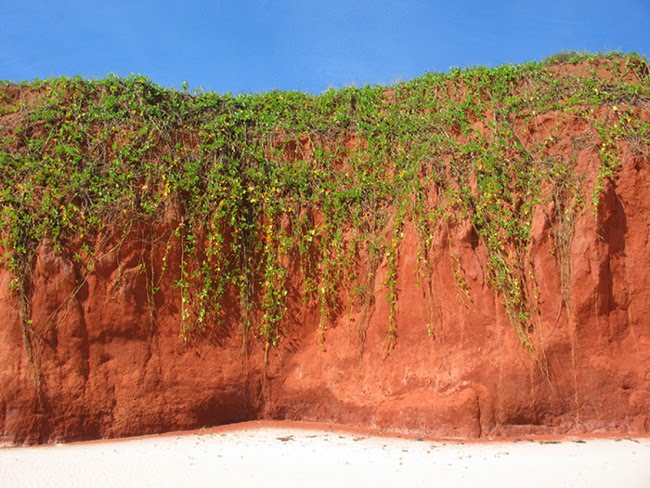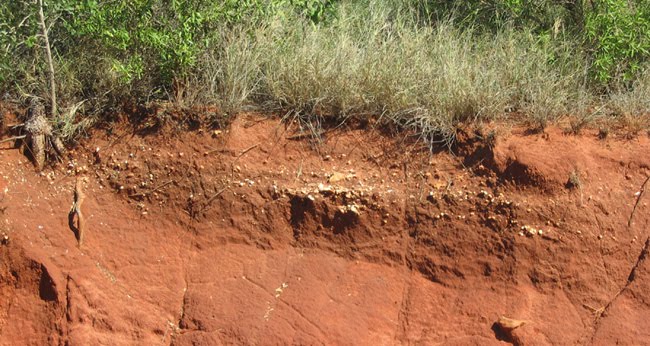Friday, April 12, 2013
Wednesday, January 2, 2013
Costs, location, water requirements, shipping, workers, size, ' Greenhouse emissions', 'dredging', 'pipe it'? 'float it'? ownership, timeline and THE FINAL DECISION of the proposed gas hub.
The $45 billion project (originally $26 billion) was planned to process $200 billion worth of gas which would be piped from beneath the sea from the Browse Basin, 425 kilometres off the Kimberley coast. The gas would be shipped to Asia.
The chief executive of Perth-based Woodside and his team spent more than $1 billion on the design work for the James Price Point LNG project near Broome. (Nov 2012)
Location:
There were two location options for the gas hub:
Option A: North of Prices Point
The distance to the deep water jetty is greater and the land is higher. More blasting and dredging is required. (Public Information Booklet DSD page 13).
Option B: South of Prices Point
Shorter distance to deepwater and the land is lower. Impact to vine thickets.
Less blasting and dredging required.
Water Requirements:
The project required between 8-16 gigalitres annually (1 gigalitre = 1 billion litres) for the whole precinct. Broome is currently licensed for 8 gigalitres and uses 6 gigalitres annually. Fresh water is likely to come from either desalination of water from the Wallal aquifer or desalination of sea water. The Wallal aquifer is located 200 metres below the ground and is slightly salty. This aquifer is separate to the shallower Broome aquifer that is suitable for drinking.
During construction it is possible that a temporary water supply will be required. It is likely this will be from the Broome aquifer. (Page 75 Public Information Booklet DSD).
Wastewater:
30GL/year wastewater - (process waste water, ancillary equipment such ascondensed water, surface runoff from process areas, sewage and grey water. (Page 12 Marine Wastewater Discharge Modelling Study DHI WATER AND ENVIRONMENT PTY LTD for Woodside).
The treated wastewater will be discharged 2 to 3 kilometres off shore and according to the Public Information booklet DSD page 74 "the discharge poses negligible if any environmental risk."
Shipping:
Overall capacity of 50 million tonnes per year of LNG would mean 900 ships per year or 17 per week or just over 2 per day (Public Information Booklet DSD page 69).
Workers:Peak construction workforce: 6000 on shore and 2000 offshore (Broome Advertiser page 9 August 18th).
Core workforce: 300 - 500 people for 40 years.
The vaste majority of the construction workforce is likely to be fly-in, fly-out and accommodated with a dedicated camp 5 km from the Coast. (Public Information Booklet DSD page 89)
During construction of the Gas facility an extra $350 million expenditure for local business is planned, this does not include the proportion of wages etc that will also flow into the local economy. During the production phases this will drop to around $100 million p.a.
Size:The proposed gas hub was the largest in Australia, the second largest in the world and at least 3 times the size of the Karratha LNG plant. ($45 billion project)
2,500 hectares (25 square kilometres) of land (1980 hectares = LNG Processing area + Port land 110 hectares + 200 hectares Light Industrial area) and about 1,000 hectares (10 square kilometres) of sea bed which includes 2 kilometres of coastline. A further 968 hectares of land (10 square kilometres) will be used for the "ancillary' areas of onshore pipelines roads and service.
Production is not expected to begin until 2016 a spokeswoman from Inpex says the company is still assessing greenhouse gas abatement options. (source AM 16th Jan 2012)
site to be in the order of 6 to 8 million cubic metres or less than half the volume of the
northern site.
Total dredging volume for a northern James Price Point location would be approximately
15 to 20 million cubic metres". (DSD Information booklet 5.4)
A Federal Government review of Woodside’s planned dredging program at James Price Point has revealed serious concerns about the potential impact on the marine environment from toxins, including arsenic and zinc.The Federal Department of Sustainability, Environment, Water, Population and Communities review was obtained through a Freedom of Information request by the Wilderness Society.The 2011 Federal review considered the Department of State Development’s revised coastal modelling work done after it delivered the Browse strategic assessment report, in December 2010.The 2011 review found several deficiencies in the earlier assessment.Reviewers were concerned that the assessment had failed to address the potential for dredging to release arsenic, nickel and zinc into the water.While all occur naturally in the environment, at high concentrations they can be toxic to marine invertebrates and phytoplankton – a major concern for aquaculture and fishing industries in the region.April 5th 2012
"Broomenogas community update in the Broome Advertiser claimed that Citigroup said it is now $15 billion cheaper to pipe gas to the Pilbara and the return on investment is 15.3% compared to 11.3% at JPP." September 27th 2012.
Float it?
- A floating platform offshore greatly reduces the cost associated with onshore processing, and it could be an option for all offshore projects in WA. (Nov 2012)
- Past environmental disasters were not connected to floating gas processing technology. (Nov 2012)
Woodside simply has to comply with the retention lease terms so it's James Price Point for Browse right now," (Nov 2012.
Both – it has yet to be decided what share WA will get, the Premier has quoted 30%
Can the Premier stop the Venture Partners floating the gas from the Browse Basin or can the Federal Government over ride the State Government?
It would have to be a joint decision with the Commonwealth
What happens if the Venture Partners decide to delay the option of drilling for gas in the Browse Basin?
They would have to show why it is economically unviable at JPP
If the gas is floated from the Browse Basin will the Commonwealth Government receive all the royalites that the State Governement of WA will get?
No - WA will get the same share
Colin Barnett has said that he will force the Venure Partners to opt for Prices Point - what happens if they decide not too?
If they can show it is unviable economically they will have fulfilled their retention lease conditions, theoretically they would then start again with viable options.
Friday, May 6, 2011
Traditional owners approve gas hub
The Traditional Owners have agreed to relinquish their native title interests in the 3,500ha of land (35 SQUARE KILOMETRES) and water required for the precinct in return for substantial benefits for indigenous people and continuing engagement in environmental and cultural heritage management at the precinct.
The agreement came after 4 years of negotiation.
When the precinct is no longer required the land will be remediated and returned to traditional owners as freehold.
The benefits are valued at more than $1.5billion over 30 years of the Woodside project and include:
· funds to establish businesses and investment
· funds for joint ventures (Indigenous Rangers program and cultural awareness training.) Broome Advertiser July 7th 2011 page 7.
· funds for the building of homes for GJJ and other indigenous people· funds for education initiatives (literacy and work related programs - Broome Advertiser July 7th 2011.
· land for housing and businesses· funds to support initiatives to address the social impacts of the precinct· direct employment through the construction and operation of the precinct ("300 Indigenous jobs during construction" Broome Advertiser July 7th 2011 page 7 and minimum 15% of the work force will be Indigenous when it is operational (Broome Advertiser Nov 10, 2011 page 7)
· indirect employments through businesses maintaining and servicing the precinct
· State Government (Port Authority and LandCorp) and proponent training programs· State Government (Port Authority and LandCorp) and proponent employment obligations and targets
· contract and tendering opportunities for GJJ buisnesses· funds to enable traditional owners of the Kimberley to support, promote and protect Aboriginal culture and heritage· reform of indigenous land tenure on the Dampier Peninsula to allow for home ownership and create economic development opportunities· funds for the creation and joint management of conservation areas with the State Government (DEC).
"Benefits would be extended to Aboriginal people of the Dampier Peninsula and the wider Kimberley - delivering an unprecedented level of economic independence" Broome Advertiser July 7th 2011 page 4
Thursday, April 21, 2011
Shire approves Woodside camp for Browse
Broome Shire councillors approved Woodside's application for a temporary off site workers camp. The 45 hectare camp (HALF A SQUARE KILOMETRE) location is 15 kilometres from Broome and set 200 metres back from the Broome Derby Highway. It is also the site of the future airport for Broome. Purpose of the camp: 1. Early clearing of land. 2. build a temporary marine off-loading facility at the Browse LNG Precinct. 3. to accommodate workers employed to build the construction village at the Prices Point site. Plans for the camp: 1. accommodation for 600 workers. 2. restaurant and tavern/beer garden.medical, security and emergency response building. 3. recreational facilities - swimming pool and sports court. Timeline: 1.Detailed design phase at present. 2.construction to start if final investment decison is taken expected mid 2012. 3. facility operational 2 years later. The council motion included the condition to return the site to its orgininal state should the gas development at Prices Point not go ahead.
Saturday, September 11, 2010
Compulsory acquisition

Friday, August 6, 2010
Broome - the next Karratha?
Now that the Federal court has thrown out legal action being taken by Kimberley gas hub opponent, Joseph Roe, traditional owners are continuing to deliberate their next move.
Meanwhile, the Broome Shire President has recently said that if thousands of workers start building a gas hub north of Broome they must be kept in a closed camp.
Broome Shire president Graeme Campbell says the shire expects the gas hub to go ahead and wants to minimise its social impacts on the town.
Woodside says it expects the hub will take five years to build with 6000 workers (Broome Advertiser page 9 August 18th 2011) employed at peak construction. Mr Campbell said the shire was in serious talks with Woodside and the West Australian government about fly-in, fly-out workers being housed in a closed camp at the gas hub site." If they stayed in town, that would be the end of our tourism, because they would fill every bed and every accommodation house at whatever cost."And if large numbers of workers descended on Broome on a Friday night "all hell breaks loose in the town", Mr Campbell said."We are adamant it must be a closed camp."
The plans I've seen for the camp, they have ovals, they have swimming pools, they have taverns, they have recreation facilities, and as part of their contract they won't be leaving the camp," Mr Campbell said."
Mr Campbell said Woodside had agreed that workers transiting through Broome airport or visiting town must be in civvies, not work uniforms.
Workers would also be barred from going to the beach or fishing near local indigenous communities, he said.
But Construction, Forestry, Mining and Energy Union (CFMEU) WA construction division secretary Kevin Reynolds said the union opposed a closed camp and restrictions on workers. He said construction companies increasingly wanted to treat workers who lived in construction camps like prisoners."We're even being dictated to what they're going to wear." They're not locked up in a prison camp. Broome is a beautiful town but it's an open town and it's open to anyone, including construction workers," Mr Reynolds said."It's just ludicrous. What are they going to do, put up Gestapo pillboxes and road blocks to check everyone?"
Woodside corporate affairs adviser Paul Ryan said the venture was developing a code of conduct for workers to strike a balance between providing economic opportunities for Broome and minimising social impacts.He would not be drawn on whether the camp would be a closed one but said the code of conduct addressed how workers should behave and dress "in order to fit in with the local culture and lifestyle of Broome".That included workers not wearing work clothes while travelling or when in town after hours.Mr Ryan said fly-in workers would have to abide by beach and fishing restrictions.
(Source AAP)
Sunday, May 2, 2010
The fine print details

It is now becoming clearer what impact an LNG gas plant would be on the Peninsula from a physical point of view if the project is approved.
This design was on view at the NW Expo in Broome recently. It is a conceptual layout not necessarily the final design and not to scale. (Used with permission).
- Prices Point and Quandong Point will remain intact with free access for recreational purposes for the life of the precinct. (Shire News Issue 61 August 2011.)
- If given the go ahead, the LNG plant will be located south of Prices Point - it seems at least about a kilometre.
- The fenced area will be approx. 2000 hectares (20 square kilometres or 4942 acres)
- The construction area will be approx. 500 hectares (5 square kilometres or 1235 acres) within the fenced area and located at least 1 kilometre inland from the shore line.
- The area of beach which would be off limits would be approx 1 and half kilometres
- The area of marine impact would be approx. 1000 hectares (10 square kilometres)
- The jetty and loading facilities would be approx. 1 kilometre from the shore line.
- There will be two enviromental impacts to consider (Federal Govt and Woodside) . The Federal Environmental Minister will make clear the Governments recommendations by late 2010.
- The investment decision by Woodside will be made by mid 2012. By this stage all approvals and design work will be completed.
- If all hurdles are cleared, Woodside aim to have construction finished by 2017.
- Woodside aim to generate 600 direct jobs during the ongoing operations phase and up to 5000 direct jobs during peak construction.
- According to LNG literature, noise levels are understood to be low and emissions from the plant also low. Conservationists are concerned by the likelihood of a 600-900 MW power station, a desalination plant and tonnes of carbon dioxide emission into the air .
- Of major concern would be the effects of dredging and blasting on the marine life of that area and the ongoing movements of up to 600 supertankers per year.
It is disturbing to note that the public were told in 2008 that the Prices Point LNG plant would:
''require a few hundred metres of coastline and about 300 to 400 acres (1 and half square kilometres or 150 hectares) on the land which would not be accessible to the public." (December 20th 2008).
SOCIAL IMPACTS ON BROOME:
- The cost of housing - rental properties?
- The availability of medical and dental services which are already under pressure
- 3500-5000 fly in /fly out workers.
- Tourism?




